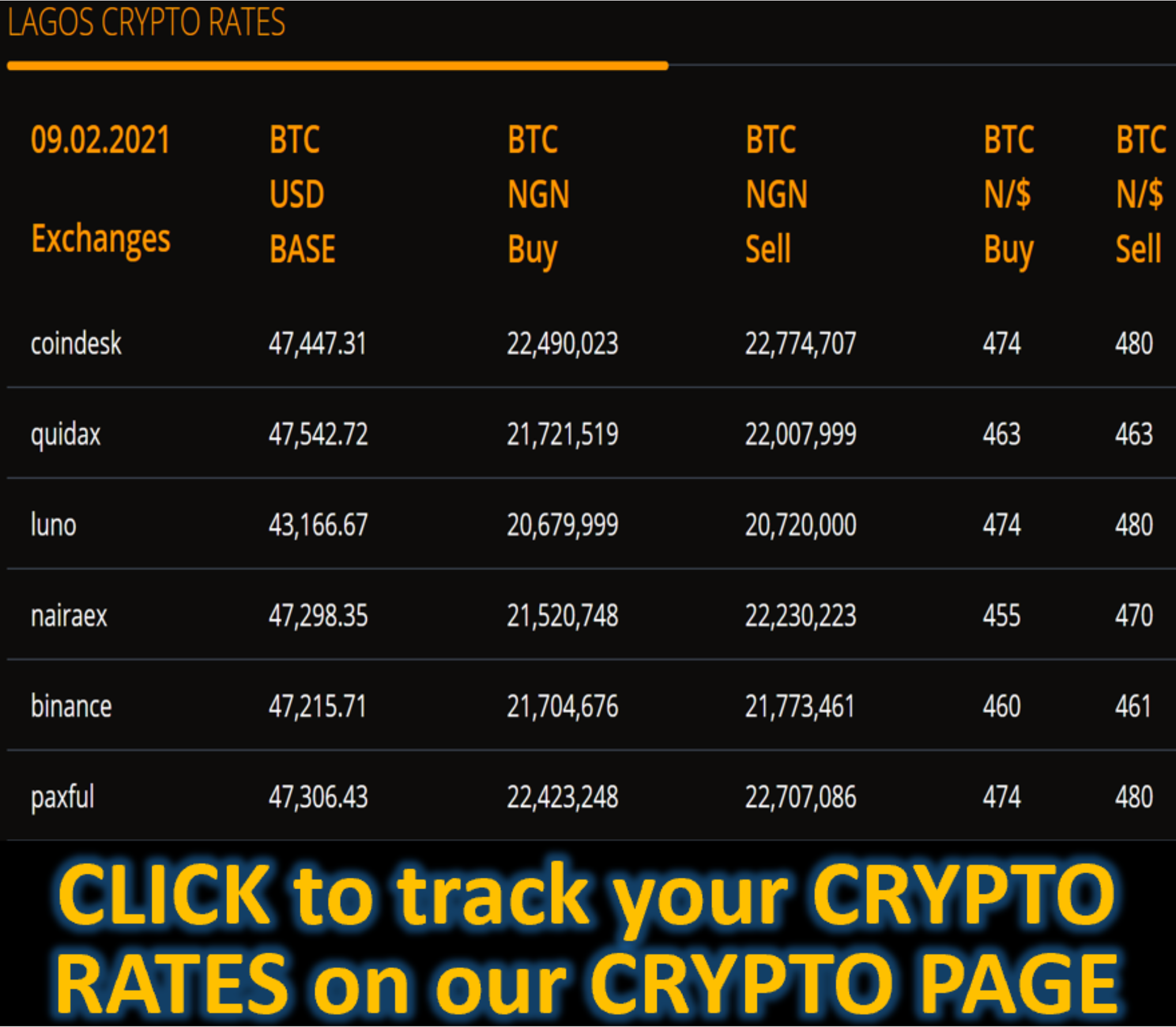Market News
Australia Set to Cut Rates, Governor Stays Coy on Policy Outlook - BLOOMBERG
(Bloomberg) -- Australia’s central bank is poised to deliver its third interest-rate cut this year as inflationary pressures ebb, while Governor Michele Bullock is expected to stick with her cautious stance on the monetary policy outlook.
Traders and most economists polled by Bloomberg anticipate the Reserve Bank will lower its cash rate by 25 basis points to 3.6% on Tuesday, bringing its cumulative easing in the current cycle to 75 basis points. The RBA will also publish its quarterly update of macroeconomic forecasts alongside the 2:30 p.m. decision. An hour later, Bullock will hold a media conference in Sydney.
The meeting comes five weeks after the central bank shocked investors by standing pat in defiance of overwhelming expectations for a cut. Data since then has shown the RBA’s preferred quarterly trimmed mean gauge of inflation cooled to 2.7%, edging closer to the midpoint of its 2-3% target, an outcome Deputy Governor Andrew Hauser described as “very welcome.”
The “appetite to shock the market again probably isn’t very high,” said Sean Kean, chief Asia Pacific strategist at JB Drax Honore, who expects a cut. As to the future, he says they’re unlikely to “commit to anything. It will be meeting by meeting and probably quarterly will be when they make the decisions.”
Australia’s economy hit a softer patch at the start of 2025 as both public demand and exports dragged on growth while consumer spending remained tepid. Timely data in recent weeks have suggested activity picked up last quarter, led by household consumption and trade.
Gross domestic product data for the second quarter will be released Sept. 3.
With inflation inside the RBA’s target band and growth picking up, investors are focused on how much further easing the economy will need. Bullock has said regularly that the RBA may not have to ease as much as global counterparts because it didn’t take rates as high during the 2022-23 tightening cycle.
Money markets are fully pricing one more cut after August, taking the cash rate to 3.35%, with a 50-50 chance of a further reduction by December. The median forecast among economists puts the terminal rate at 3.1% by early 2026.
Alicia Garcia Herrero, chief Asia Pacific economist at Natixis, expects a “hawkish cut” this week with unemployment still low.
“Governor Bullock is likely to keep a cautious stance, potentially emphasizing data dependency,” she said.
There are tentative signs that Australia’s labor market is softening with unemployment climbing to a four-year high of 4.3% in June. Further clouding the outlook is the Trump administration’s protectionist policies, heightened international tensions and a slowdown in Chinese demand.
All that suggests the RBA will take the terminal rate to 2.85% by June next year, according to Luci Ellis, who was previously an RBA assistant governor and sits at the most dovish end of economists’ forecasts.
“If inflation is at target and you are roughly at full employment, then monetary policy does not need to be restrictive, as it currently is,” said Ellis, now chief economist at Westpac Banking Corp. “While the RBA is trying to be ‘cautious and predictable,’ that is consistent with cuts to the cash rate on the timetable we envisage.”
Unlike many peers, the RBA doesn’t publish forward guidance on the rate path. Instead, it uses money market pricing as a technical assumption to assemble its macroeconomic forecasts.
That has left investors unsure how to read the central bank’s signals.
In the two years since a sweeping review reshaped how the RBA communicates, the central bank has adopted a more narrative tone — one aimed at rebuilding trust with the public. But for global investors and market participants accustomed to the data-heavy frameworks of the Federal Reserve or European Central Bank, the RBA’s language is making it harder to pin down its reaction function or gauge the degree of policy restrictiveness.
“It has been a surprisingly choppy ride this year for RBA-watchers,” said Andrew Boak, chief economist at Goldman Sachs Group Inc., pointing to a hawkish surprise last month after an unexpectedly dovish commentary in May which came after a “surprisingly hawkish cut” in February.
“Extremely elevated volatility in 2-year government bond yields in the hours around this year’s RBA meetings testifies to this being a period of heightened uncertainty — relative to the preceding decade and key peer central banks,” Boak said.









